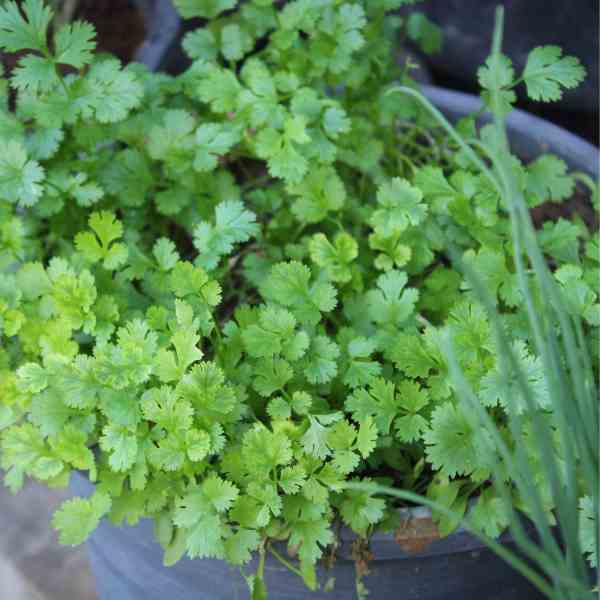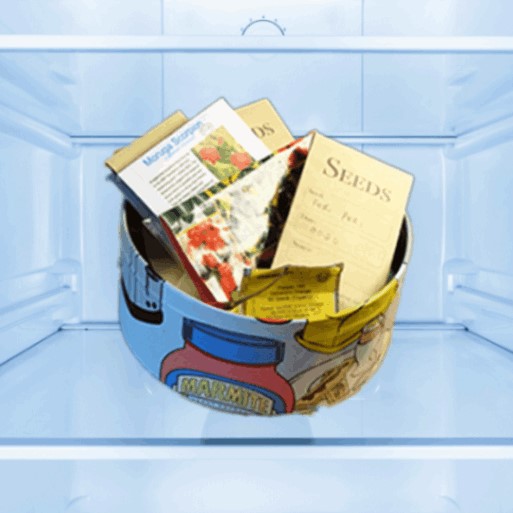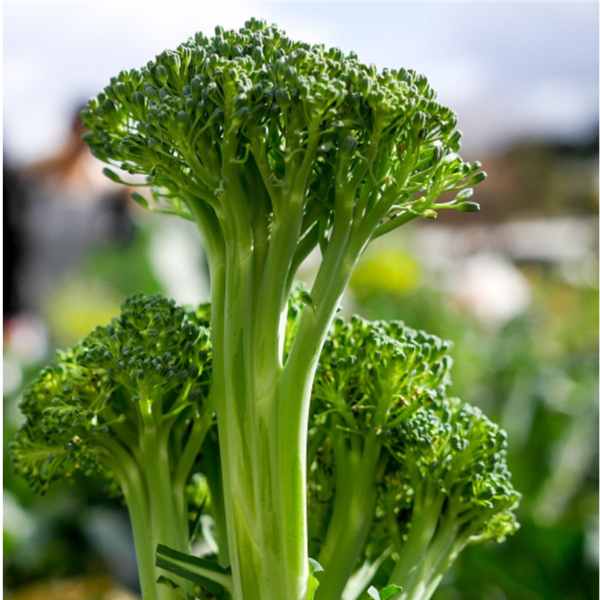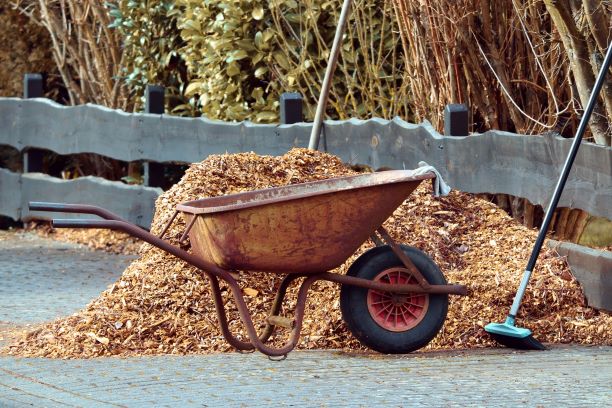Seed Storage & Germination
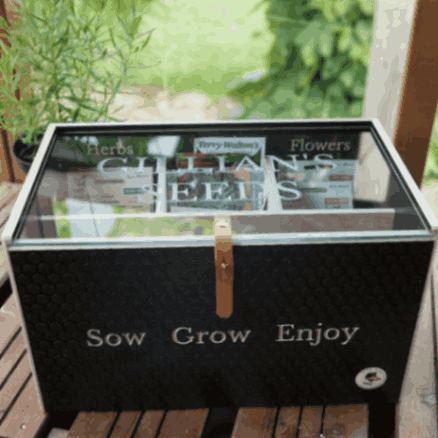
Seed Storage
Taking care of your seeds is crucial to ensure they stay viable for planting. While some seed varieties can last years, others with high oil content may have limited shelf lives.
A cool, dark, and dry environment is the ideal place for seed storage. You can keep them in a wooden box or a paper bag in your pantry, or anywhere that fits these conditions. Avoid leaving them in spots that can heat up or places where insects or rodents can raid them.
If your not planting your seeds within a month or two, you can store your packets in an airtight canister to reduce oxygen exposure. To further protect your seeds from moisture, you can add Esorb or a teaspoon of dried milk powder to your storage container to absorb any excess moisture. Keeping moisture levels low will extend the shelf life of your seeds by months or even years.
It is best to plant your seeds within six to twelve months for optimal germination rates however, if you plan to store your seeds for longer, put your seed packets in an airtight container and place it in the refridgerator. Seeds can last up to seven years with this method.
Just make sure to let the container cool down to room temperature before opening it to avoid condensation. It’s also a good idea to have a designated box for each planting season, so you don’t have to keep opening them and exposing the seeds to air.
As for freezing, it’s generally not recommended. Freezing seeds requires precise conditions and equipment, and fluctuations in temperature can occur when opening the freezer, during power outages, or an accidental unplugging. It’s best to leave freezing to the experts in large seed depositories to avoid the risk of losing all your seeds at once.
So, remember to keep your seeds cool, dark, and dry, protect them from moisture with clay-based moisture absorbers like Esorb or powered milk. Taking care of your seeds will ensure their viability and help you have successful plantings in the future.
The Germination Test
The point of the germination test is to determine if you need to plant a few extra seeds to get as many plants as you want, or if you should not bother planting those old seeds at all.
First, take a paper towel and moisten it with a spray bottle. Place 10 of the seeds to be tested onto the paper towel, then carefully fold the wet paper towel over the seeds. Place the paper towel and seeds in a silicon pouch (enviromentally friendly version of a plastic ziplock bag) seal it, and label the pouch with the variety and the date.
Place the pouch in a warm environment — like the top of the refrigerator — and after a few days, begin to check the seeds daily. Depending on the variety you are testing, the viable seeds could sprout in just a few days. Other varieties may take up to several weeks.
If nothing happens after waiting the appropriate length of time, you know the seeds are no good. Testing with exactly 10 seeds makes the math really easy: If nine out of 10 seeds sprout, the germination rate is 90 percent.
You can do the germination test at any time, but if your tested seeds have sprouted, you can move them into your garden.

